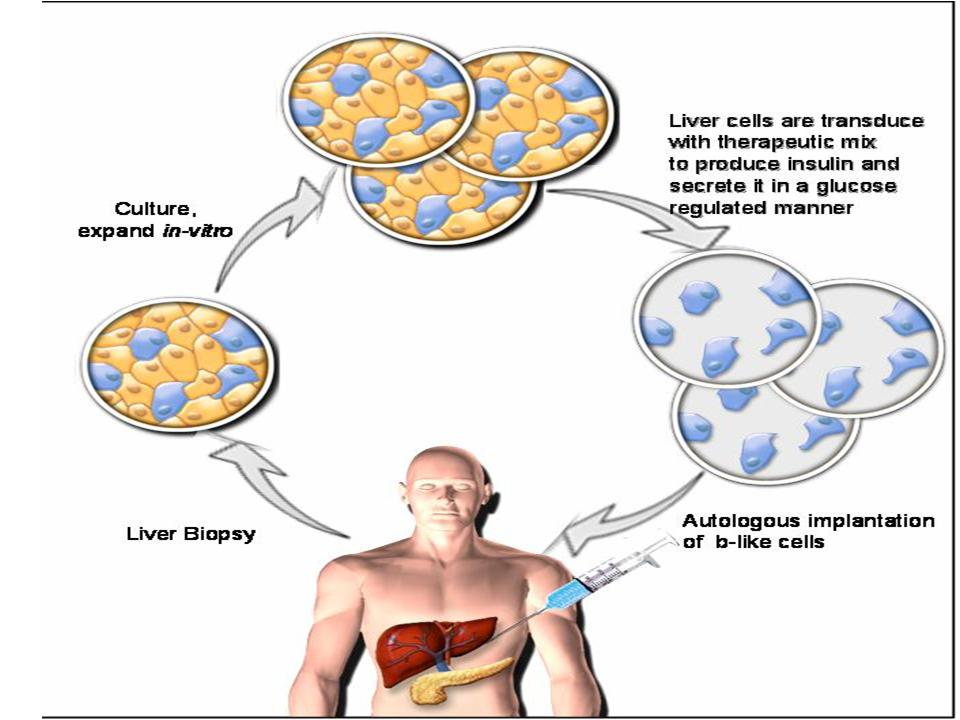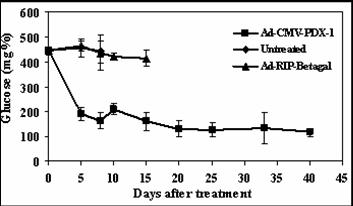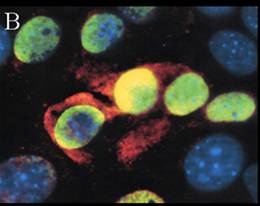About The Research
Diabetes
Diabetes Mellitus is a chronic metabolic disorder, results following impaired insulin production by the pancreatic islet cells and hyperglycemia.
Type 1 Diabetes Mellitus (T1DM) also known as juvenile diabetes or insulin-dependent diabetes, is a chronic severe disease of a complete or near-total insulin deficiency. As evident in most patients a major cause of T1DM is islet-directed autoimmunity, mostly by pathogenic auto-T lymphocytes that selectively destroy insulin-producing pancreatic beta cells.
Diabetes afflicts nearly 170 million people worldwide and this figure is expected to increase to almost 300 million by the year 2025. In the United States alone, 21 million people (6.2% of the population) have diabetes.
T1DM can develop at any age, but typically appears during childhood and becomes clinically evident after loss of 80% of beta-cells. Genetically prone individuals have normal beta-cell mass at birth and can lose beta-cells by autoimmune damage triggered by environmental or infectious stimulus. T1DM increases risk for many serious complications, including: cardiovascular diseases, blindness, nerve damage, and kidney damage.
Currently, there is no cure for T1DM and there is an increase in disease incidence, prevalence, morbidity, and mortality. The only available treatment modality is insulin continues infusion (injection, pumps or patches), which do not succeed to prevent or delay long enough disease related severe and lethal complications.
Thus, it is commonly acceptable that the ideal therapy for T1DM is to restore functional insulin-producing beta-cell mass, thus enabling normal glucose regulated insulin secretion.
How the treatment works?

The diabetic patient serves as the donor of his own therapeutic tissue.
Liver cells are obtained by liver biopsy from diabetic patient, cultured and expanded, transduced with a therputic mix, converted into functioning, insulin-producing beta cells, and then transplanted into a same patient with diabetes.
Advantages
Our approach will provide 6 main advantages
-
It releases the patient from daily monitoring blood glucose levels, numerous insulin injections and dietary restriction.
-
It allows continuous control of blood glucose levels which prevents diabetes related complications.
-
It overcomes the shortage in tissues available for islet cells transplantation.
-
An autologous transplant, avoids the risk of transplant rejection.
-
No recurrent auto-immune attack on the transplanted beta-cells, thus avoiding the need of immunosuppressant treatment.
-
Using adult tissue for regenerative medicine is more safety and ethical then other approaches using embryonic stem cells.
Our Research
Research Objectives
The research employs developmental, cellular and molecular techniques. Gene delivery is performed by recombinant adenoviruses and lineage tracing to follow distinct steps of the dynamic developmental process is performed by lineage tracing approach using Lentiviruses.
-
Identification and characterization of the pancreatic precursor cells in adult human liver
-
Unraveling the mechanism behind adult cells reprogramming
-
Analyzing the differential roles of distinct pancreatic transcription factors in the developmental redirection process
-
Analyzing the role of the cellular niche on the maturation of the transdifferentiated cells
-
Functional analyses of the newly developed pancreatic tissue both in-vivo and in-vitro
-
Analyze the role of adult cells dedifferentiation in the activation of the alternate pancreatic repertoire in liver.
Results of converting liver to pancreas:
Beta cell replacement is one of the most promising approaches for treatment of type 1 diabetes mellitus. Currently this strategy is impractical because of a shortage of donor tissue.
Over the past 10 years Ferber's lab has established pioneer therapeutic approach based on converting adult liver tissue into functional glucose regulated insulin producing cells.
The proof of concept studies demonstrate that converted (=transdifferentiated) liver cells are functional in controlling blood glucose levels in diabetic mice models both in-vivo ( papers 1;papers 2) and by implanting human transdifferentiated liver cells in diabetic immune-deficient, SCID-NOD mice. Transdifferentiated liver cells exhibit a wide repertoire of pancreatic gene expression, characteristics and function. They express pancreatic hormones, produce insulin, store it in secretory granules, process and secrete the hormone in a glucose regulated manner.
Moreover, it has been demonstrated in mice that the transdifferentiated liver cells resist auto-immune attack.
The use of liver as a pancreatic progenitor tissue has been confirmed now independently, by many research groups worldwide, in rodents, xenopus, non-human primates and man both in-vivo and in-vitro (in man).
In-vivo results

Amelioration of Type 1, autoimmune diabetes- Blood glucose levels in Ad-CMV-PDX-1 treated diabetic NOD mice vs. control NOD mice (Taken from shternall-ron).
-
None of the treated mice developed hypoglycemia or any malignancies.
In-vivo results

Insulin synthesis Immunofluorescent staining for insulin (cytoplasmatic, red) and Pdx-1 (nuclear, green) in Ad-CMV-PDX-1 liver cells in culture. Nuclei are stained in blue (DAPI). Original magnifications x1000. (Taken from Sapir et al )
-
Additional growth and pancreatic transcription factors promote beta-cell like maturation and increases the insulin production in these cells.
- Understand the molecular basis of the transdifferentiation process that converts a mature tissue into an alternate one.
We generated a tool that tags' PDX-1 induced developmentally shifted tissues (both in-vivo and in-vitro) this tool will be used to identify additional tissues (such as skin or bone marrow) that could serve as pancreatic progenitor tissue for the treatment of diabetes.









